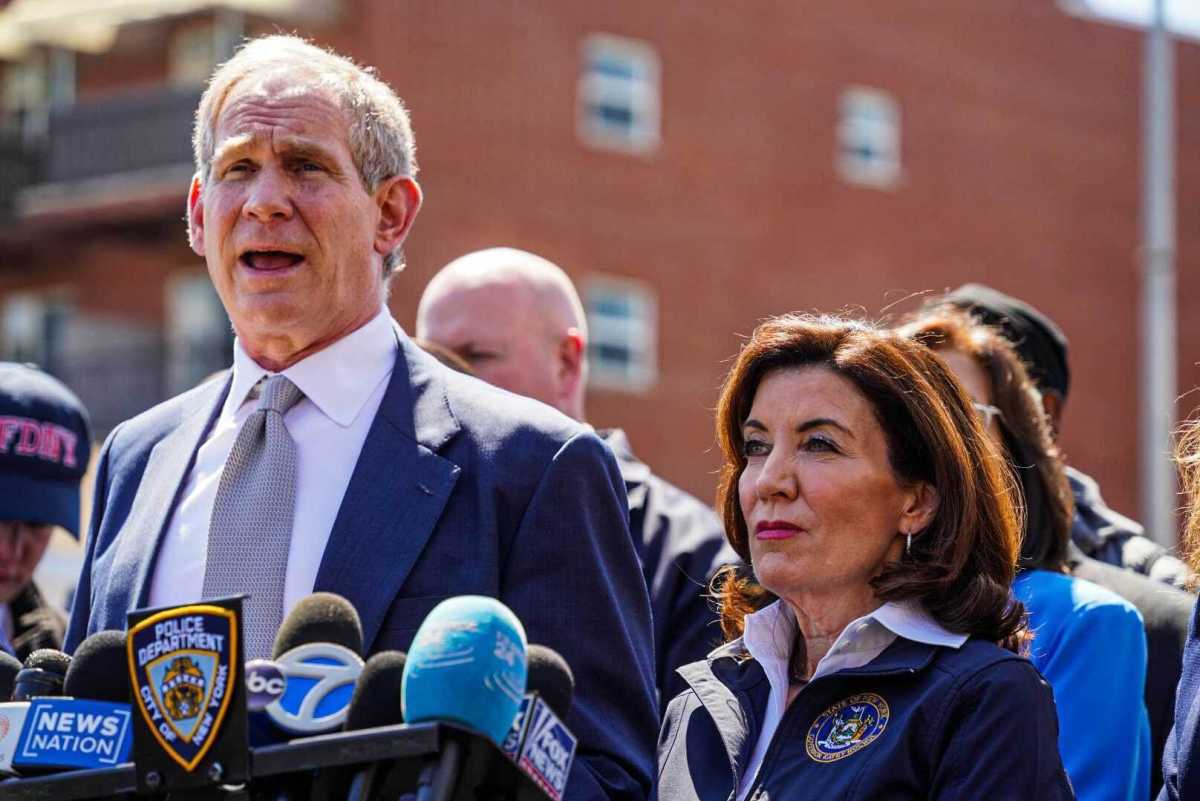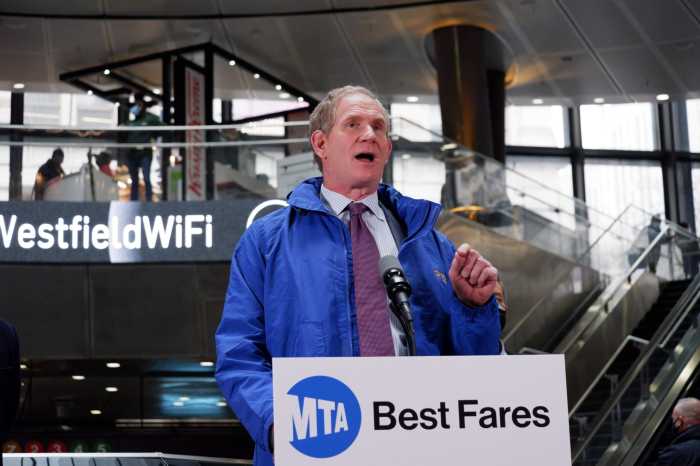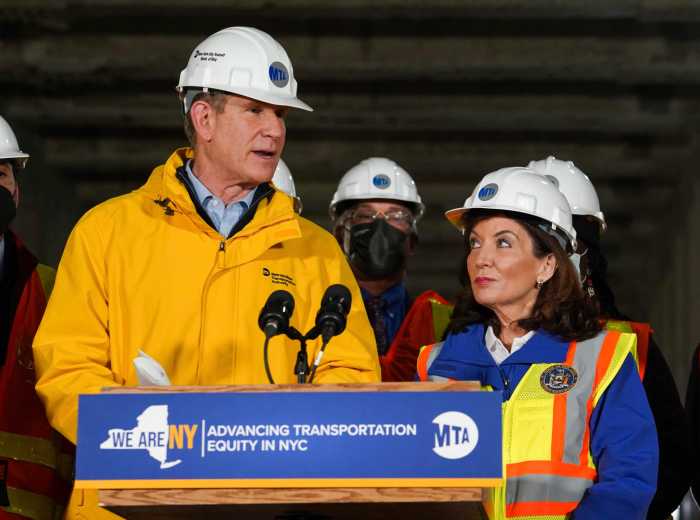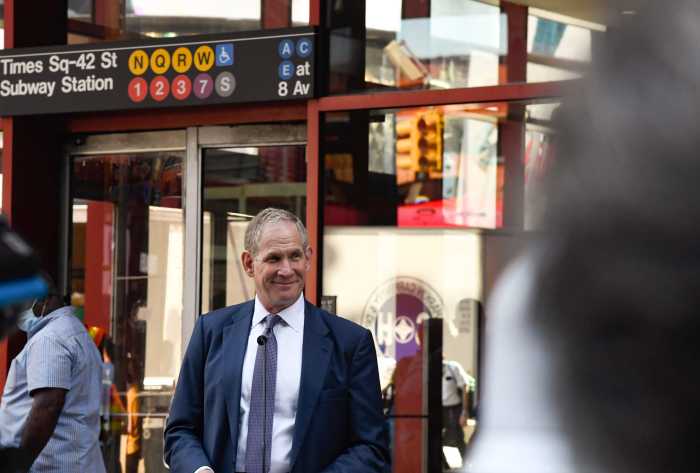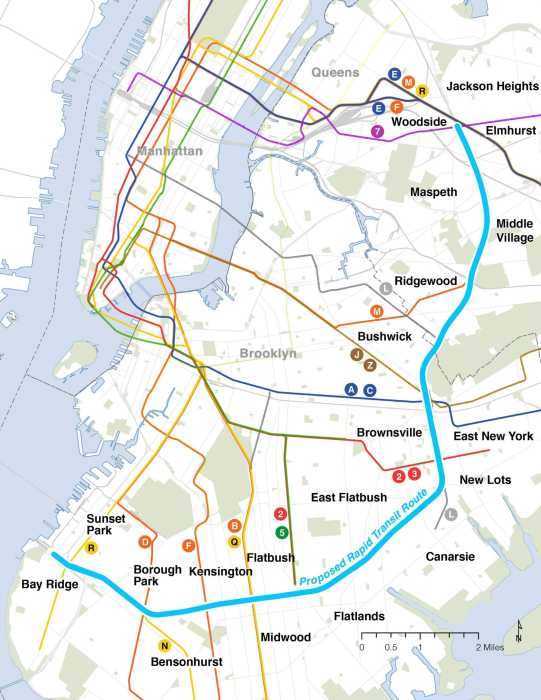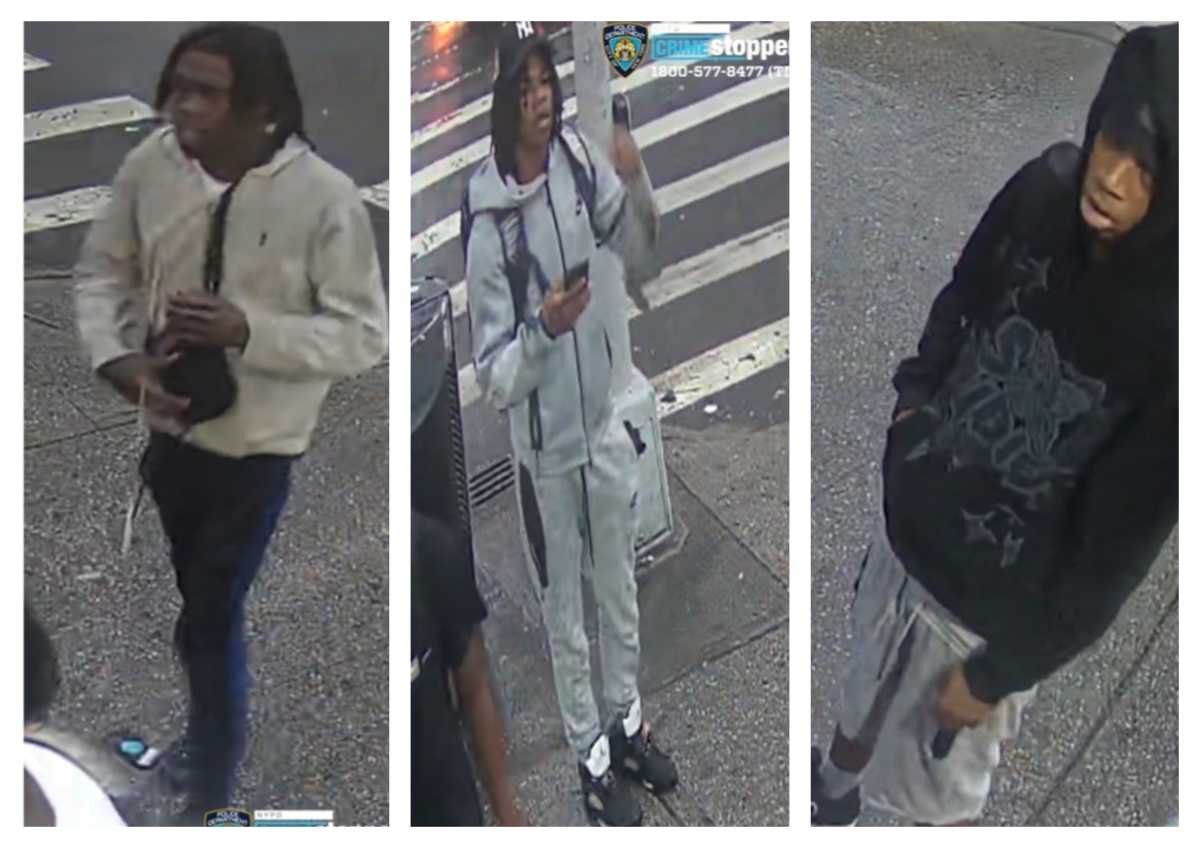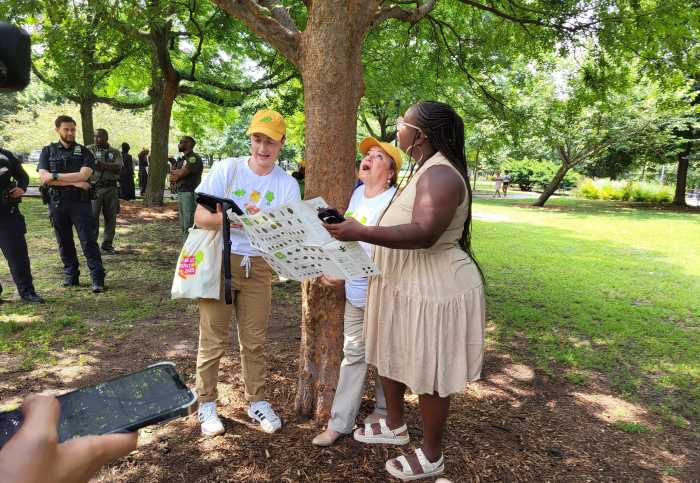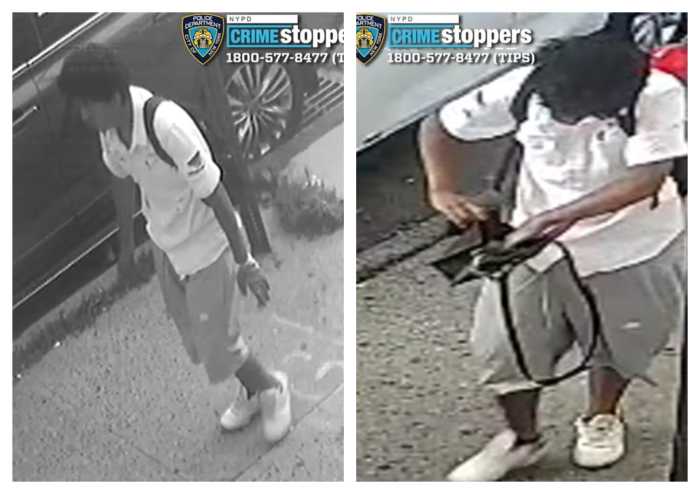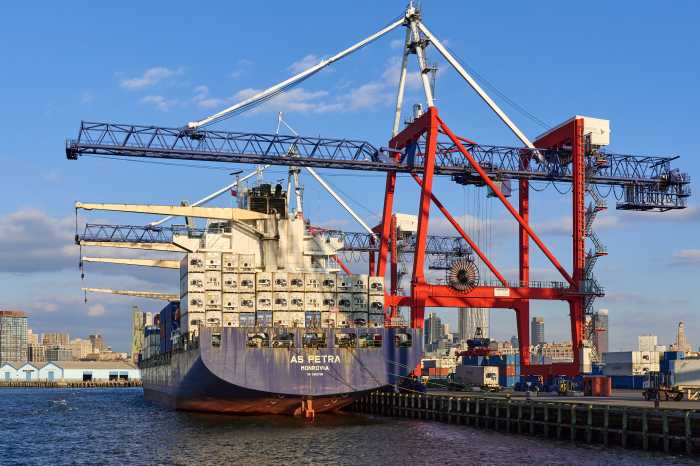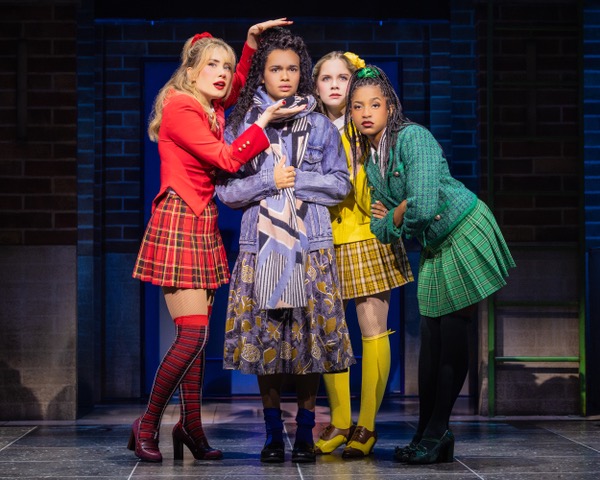It’s been another incredibly difficult week for New York following the horrific shooting on the Q train. A great New Yorker, Daniel Enriquez, lost his life in a senseless and cold-blooded act of violence.
Thankfully, the NYPD was able to quickly find and arrest his killer. I hope this development brings some solace to Mr. Enriquez’s family. My thoughts are with them, and with all New Yorkers who are feeling afraid in the wake of this incident and other high-profile crimes.
I am clear-eyed about how concerns about public safety are keeping some people away from mass transit. That’s why the MTA is working closely with City Hall and the NYPD to shore up safety in the subway system. Under the Mayor’s Omnipresence strategy, police officers are being deployed to the locations where riders feel most vulnerable – on platforms, on trains and throughout stations– with the goal of interdicting crime before it occurs.
This approach has other benefits too; when a sight-impaired man accidentally fell to the tracks at a Brooklyn station recently, NYPD officers who normally patrol at street level and were checking in on the subway, rushed to save his life. I was proud to honor them last week as Heroes of the Subway, the MTA’s highest honor for non-employees, and be present as they reunited for the first time with the Brooklynite they rescued.
The week before the Q train shooting, the MTA recorded its best week yet for ridership in the COVID era, setting new records on the subways (3.6 million riders) and commuter rails (344,000+ riders combined). These gains are anchored by strong ridership in the boroughs, led by essential workers who have been commuting throughout the pandemic.
Analysis by the Operations Planning team at NYC Transit shows that stations in working class communities like Corona and Jackson Heights in Queens and Wakefield and Longwood in the Bronx are seeing ridership as high as 90% of pre-COVID levels, well above the 60% blended threshold we’re at systemwide. By comparison, stations in Manhattan’s financial district have retained the fewest customers. Areas just across the river like Downtown Brooklyn and Long Island City are also lagging.
Bottom line: the MTA’s ability to keep providing safe, reliable service is a fundamental equity issue. We cannot let public transportation become unusable, unavailable, or unreliable for the millions who rely on us every day and who can’t afford regular $60 Ubers to get around.
To keep our system running after federal pandemic relief aid runs out, we’re going to need a fresh approach to funding mass transit. For months, I’ve been making the case to leaders in Albany that the MTA is an essential service, like police, fire, and sanitation, and that our system should be funded in a way that recognizes this fact. It’s the fair thing for New York’s working people and the only way to ensure the region’s continued recovery.
Janno Lieber is MTA chair and CEO.



